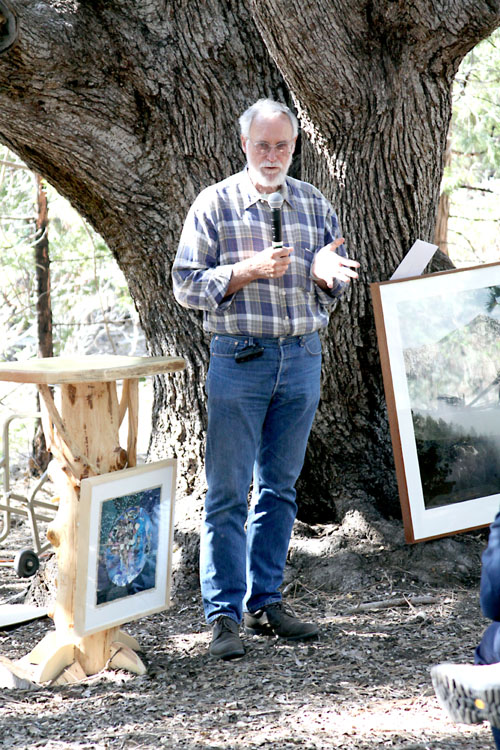The role of drones near emergencies was the subject of a state Senate oversight hearing Tuesday, Aug. 18. Legislators have submitted several bills regarding the use of “unmanned aerial vehicles,” known as drones; but this was a general hearing to open discussion about a broad set of issues affecting regulation and use of this equipment.
This summer, public safety agencies, particularly firefighters, have been impeded during emergencies. Firefighting aircraft needed in the Lake and North fires in San Bernardino County were grounded or delayed because of the presence of drones flying in the airspace over the fire.
Last month, it was reported that a medical emergency helicopter was grounded in Fresno due to the proximity of a drone.
Cal Fire Director Ken Pimlott told the committees, “The most important and critical action is to address the serious threat posed by the irresponsible use of hobby drones in a fire area.” He added that more than a dozen hobby aircraft have interfered with emergency response efforts this summer.
In July, Assemblyman Mike Gatto (D-Glendale) and Sen. Ted Gaines (R-El Dorado) introduced Senate Bill 167, which will make it a serious state crime to fly a drone over a wildfire.
The Judiciary Committee’s background paper added that under California law, drone operators who interfere with the lawful efforts of firefighters to extinguish a forest fire are subject to fines up to $1,000 and, in some cases, imprisonment. (See Pub. Res. Code Sec. 4165.)
But Pimlott also acknowledged the potential benefit of drone technology for firefighters. Cal Fire has established a working group to evaluate this opportunity, he told the legislators.
Describing the Cal Fire working group, Dave Teter, deputy director of Fire Protection, said, “The [drone] working group was established by Cal Fire’s executive management to provide recommendations for policy development, potential utilization, and control of [drone] technology and platforms as applicable to the various program areas of the department.”
“Initial trials with military drone assets in a controlled evaluation during the 2013 Rim Fire demonstrated their potential to assist with information needs on a large incident,” Pimlott related during the hearing.
But there also is concern about using drones for law enforcement purposes. Earlier this year, Assemblyman Bill Quirk (D-Hayward) introduced Assembly Bill 56, which would require officials to obtain a search warrant before using a drone unless there are exigent circumstances. AB 56 passed the Senate’s Public Safety Committee in July and the Senate Appropriations Committee will hold a hearing on it Aug. 27.
Witnesses at the judiciary hearing also discussed using drones for media purposes. Regulating or limiting “drone journalism” raises First Amendment issues of freedom of the press, according to judiciary staff.
In his statement, Mickey Osterreicher, general counsel of the National Press Photographers Association, stated, “Innovative drone technology provides great benefits to journalists covering the news by reducing costs and improving safety as compared with such reporting using manned aircraft.”
But he acknowledged the safety of first responders is paramount and the security of privacy was important.
“As we embrace new technology and amend our laws and regulations to accommodate such innovations, we must ensure that we do not create technology-specific rules that chill our First Amendment rights to gather and receive the news,” he added. “State laws should also safeguard the First Amendment rights of journalists to gather and disseminate the news to a public that has a right to receive it by firmly protecting visual journalism in public places.”
California legislators have introduced six other bills affecting the use of drones in California’s skies. It is unlikely any of these will be enacted before this session of the legislature ends next month.
When the second session begins in December, expect more bills and some action on drone legislation within the next year.










